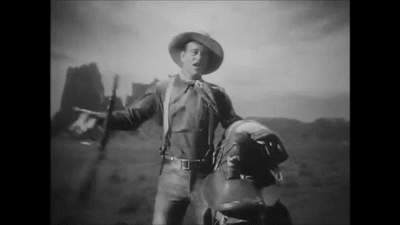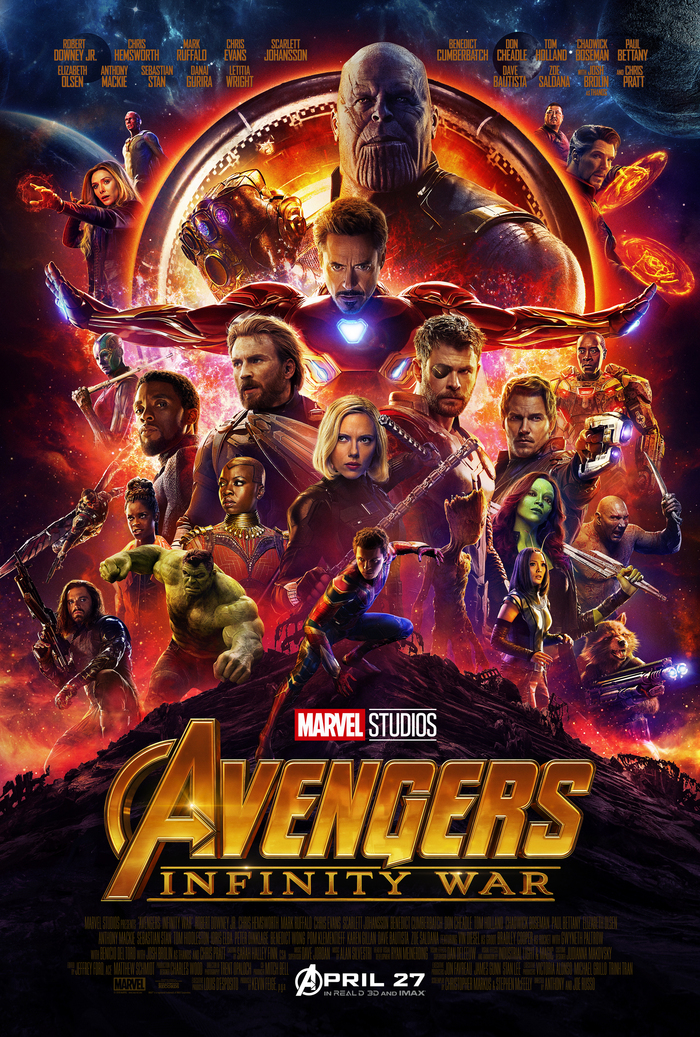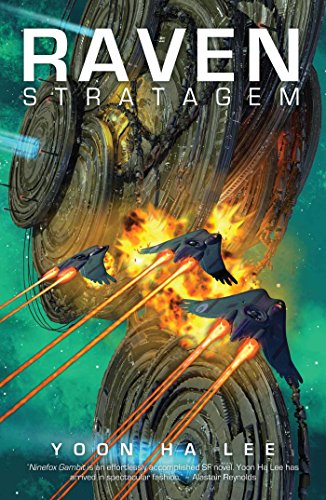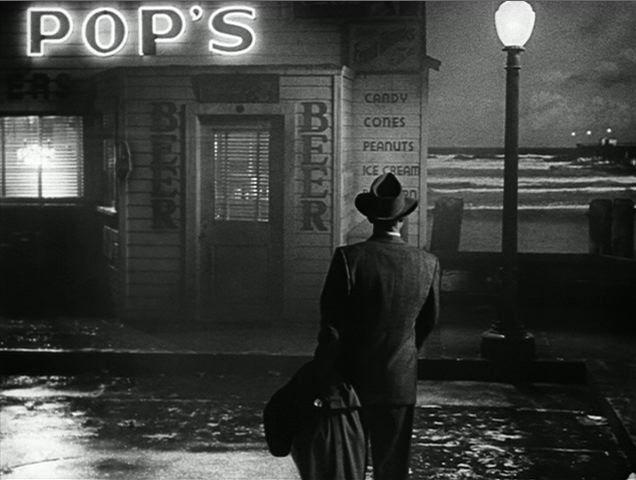Hugo Awards: The Stone Sky
N.K. Jemisin’s The Stone Sky is the concluding volume of a trilogy of beloved novels… that I’ve never really managed to connect with. I have generally found that these novels’ pessimism and relentless misery have only served to distance me from the narrative rather than suck me in. I like a lot of the worldbuilding choices of the initial book, The Fifth Season, but I the story was full of misery porn which resulted in a detached reading experience for me. The second book, The Obelisk Gate, continued the misery and suffered from middle-book-in-a-trilogy syndrome. This didn’t stop Hugo voters from awarding the Best Novel Hugos for both, and I judge a fair chance of The Stone Sky to bring home the third straight.
The story picks up where we left off. Essun is traveling with her comm, Castrima, in searching for a new place to live, but ultimately seeks to find her daughter Nassun and help save the world by bringing the moon back into proper orbit. Nassun, for her part, has lead a miserable life, is fed up with the world, and wants to destroy it by smashing the moon into the earth. Finally, we get glimpses of the past as Hoa describes Syl Anagist, a civilization that existed thousands of years ago which, we soon learn, created the obelisks and inadvertently shot the moon out of its orbit, thus causing their destruction and leading to the current, miserable situation.
Interestingly, the entire story is narrated by Hoa. He appears to be telling the story to Essun, as her sections of the story are in second person (as they’ve been throughout the series). Hoa’s portions are in first person, and Nassun’s are in third. It’s an interesting choice and I suppose there’s a reason for it, but it ultimately felt a bit distracting at times and my dumbass engineer’s brain kept wondering about irrelevant things: How does Hoa know the inner emotions of closed off people like Essun and Nassun so well? Wait, when is Hoa relating all this to Essun? Why is he relating this to Essun? I can certainly come up with answers to these questions and they’re ultimately nitpicks. The thing is, I find this happens most often when I’m not sucked into a story. I’ve learned to trust that these sorts of nitpicks don’t mean much in and of themselves, but the fact that I’m making them at all means something important and indicates a deeper problem.
While I like a lot of the worldbuilding choices, this isn’t a world I like spending time in, nor do I particularly enjoy hanging out with these characters. I mean, I don’t think we’re even supposed to like them very much. Sure, they’ve endured horrendous hardships and misery, but they’ve also perpetuated that abuse and oppression and some are easily described as mass murderers. That people struggle to deal with abuse or respond in ugly ways that only serve to continue the cycle is certainly relevant (and obviously reflects some of our society’s worst tendencies), but it’s difficult to sustain. This is the point, I guesss, and it does represent rich thematic ground. I just don’t like wallowing in it for three books, especially since all of this was so ably demonstrated in the first book. I didn’t love that one either, but I could see why it was so well regarded. The succeeding volumes feel like a rehashing of the same ideas, over and over again, and they do so using that awkward second person narrative device that tells more than it shows.
The book attempts a hopeful but ambiguous ending, which is something that I would appreciate much more if anything else in the series had indicated a cause for that hope. When your premise is that the end of the world is coming and the world is not worth saving, it’s difficult to care about the actual outcome. I don’t want every story to be fluffy bunnies and rainbows, but these books tend to be so extreme in their portrait of misery that I was immediately detached from the story and never found a way back in.
I feel like I’m being very harsh on the novel here. Perhaps it’s because I never would have read the second or third books in this series, but I did because I wanted to vote in the Hugos (and I don’t think it’s fair to vote when you haven’t read the book). The funny thing is that this is probably the most upbeat of the three books and I probably enjoyed reading it more than the previous installments too. Plus, it actually has an ending and some sense of closure! Some of the characters actually express love in this book, and it’s a love that is genuine. As mentioned above, it’s got a mildly happy ending. However, after all the betrayals, endless rehashings of infanticide and abuse, and inescapable oppression, the hope at the end feels hollow and unearned. Maybe we’re supposed to feel that way and I just don’t like being immersed in despair? Look, these books are very well written and I think I can say that Jemisin achieves exactly what she wanted, which is certainly laudable. It’s just not my bag, and that’s fine.
As far as the Hugo Awards go, this will probably end up on the bottom of my ballot. I’m still reading one novel and I suppose it could fall off a cliff, but I’m doubting that.



